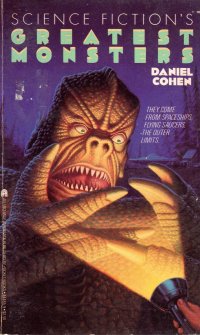 As I predicted when I got this book, I jumped on it quickly as an interlude between books in the Agatha Christie omnibus I’m reading. Also, as predicted, it’s a school book order kind of book, geared to youths in the late 1970s and early 1980s in elementary school who wanted to read about monsters and science fiction. Nerds, we were called in those days. The text looks to have been original in 1980 with an update in 1986, so I would have been a couple years too old to have ordered it from Tab, Arrow, or Scholastic. Now, of course, I’m very old indeed.
As I predicted when I got this book, I jumped on it quickly as an interlude between books in the Agatha Christie omnibus I’m reading. Also, as predicted, it’s a school book order kind of book, geared to youths in the late 1970s and early 1980s in elementary school who wanted to read about monsters and science fiction. Nerds, we were called in those days. The text looks to have been original in 1980 with an update in 1986, so I would have been a couple years too old to have ordered it from Tab, Arrow, or Scholastic. Now, of course, I’m very old indeed.
At any rate, the book groups monsters, mostly from cinema, into different groups: Alien invaders, aliens in space, robots/androids, horror monsters, and invisible monsters. It then touches on some of them from movies, as I said, from the 1940s to Return of the Jedi (an update to the original 1980 text, natch). It’s kind of a high level enumeration rather than any in-depth exploration, but it’s a kid’s thing, for crying out loud.
And although it touches upon giant insect movies from the 1950s and a couple of giant octopus/dinosaur movies, it does not really go into the Godzillaverse at all, which is odd, since those films were in heavy rotation on Saturday afternoons in the 1970s. Maybe that was only Milwaukee. But no name-checks of Rodan, Gamera, Mothra, or Mechazilla. So a clear oversight.
And the best thing is the very last section:
What is the most frightening of all the monsters of science fiction? I suppose everybody has his or her own favorite. And I have mine. Like the other creatures discussed in this chapter, my favorite does not have a solid body. It appears only as a color.
The thing–it has no name-is in a story called The Colour Out Of Space. The story was written in 1927 by H.P. Lovecraft.
* * * *
The Colour Out Of Space is a truly frightening story. Someday you may wish to read it yourself. Let me give you one piece of advice. Don’t read it just before going to sleep.
A 2020 update of this book would probably mention that the film version of this story came out this year. And it might not mention the story at all or only in passing instead of the three page treatment it gets in the book–the longest non-movie or television treatment of text.
At any rate, I didn’t get much out of it except a reminder of some of the films I haven’t seen yet and probably won’t as they’re old and don’t appear on streaming services or in my local video store anymore. I did get an entry in my list of annual books read, though.



 This book identifies and documents a number of lighthouses that are (or were) at risk of falling down and need preservation and restoration. The book looks at a variety of lighthouses in different regions, including the northeast, the south, and the Great Lakes (and on on Lake Tahoe, but it’s not really a lighthouse in the lighthouse sense of the word).
This book identifies and documents a number of lighthouses that are (or were) at risk of falling down and need preservation and restoration. The book looks at a variety of lighthouses in different regions, including the northeast, the south, and the Great Lakes (and on on Lake Tahoe, but it’s not really a lighthouse in the lighthouse sense of the word).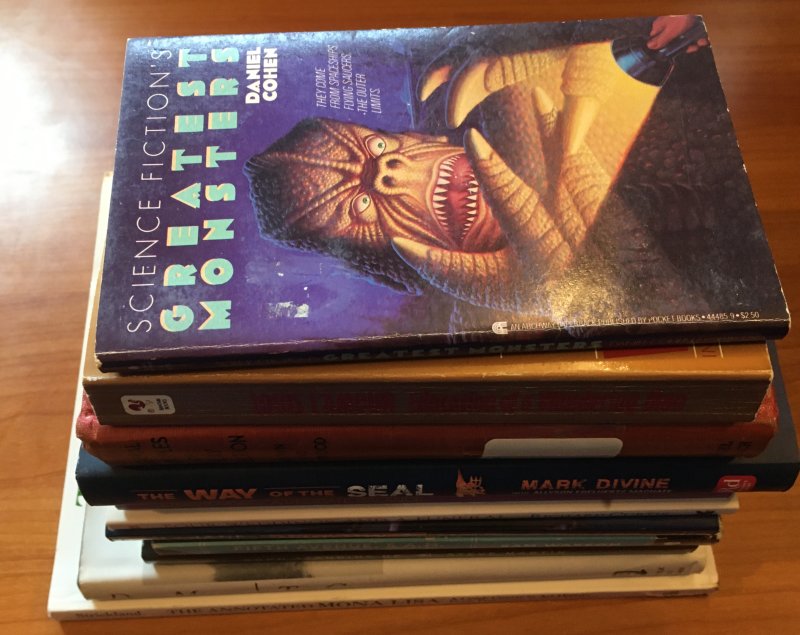
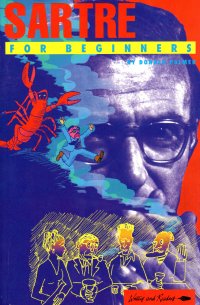 This book is a little wordier than
This book is a little wordier than 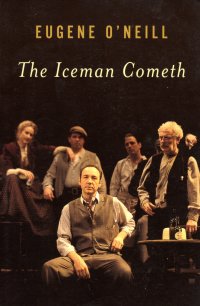 I got this book from
I got this book from 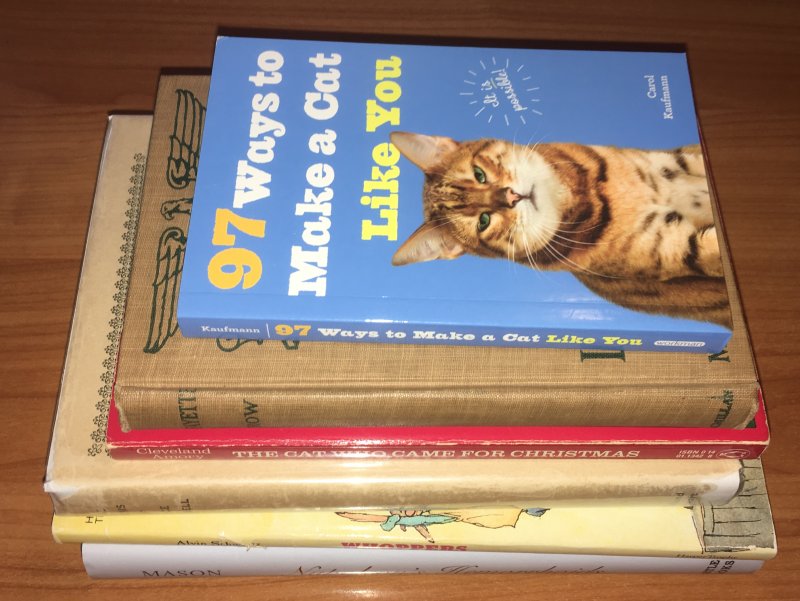


 This book has an introduction to it written by Wilder’s attorney who explains the provenance of this book since Laura Ingalls Wilder did not publish it, and it did not appear until after Rose Wilder died. So it was published by the estate, the intellectual property machine that later came up with other “generations” of Little House books likely not envisioned by Laura Ingalls Wilder herself. And I can guess why.
This book has an introduction to it written by Wilder’s attorney who explains the provenance of this book since Laura Ingalls Wilder did not publish it, and it did not appear until after Rose Wilder died. So it was published by the estate, the intellectual property machine that later came up with other “generations” of Little House books likely not envisioned by Laura Ingalls Wilder herself. And I can guess why. This book, like
This book, like 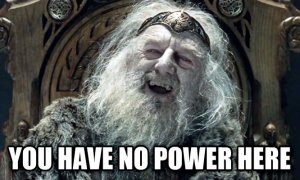
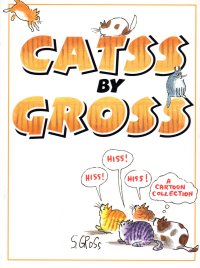
 I got both of these books
I got both of these books 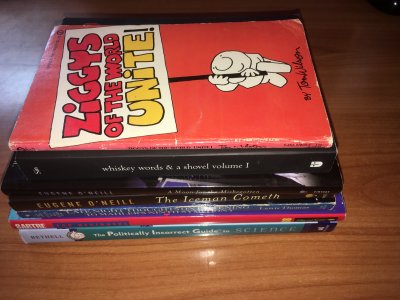
 This is a condensed, pamphlet-sized version of a longer book (which is
This is a condensed, pamphlet-sized version of a longer book (which is 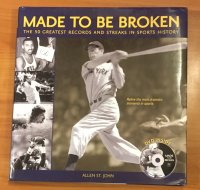 Well, I got this book from ABC Books
Well, I got this book from ABC Books 
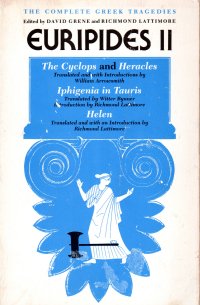 After watching
After watching 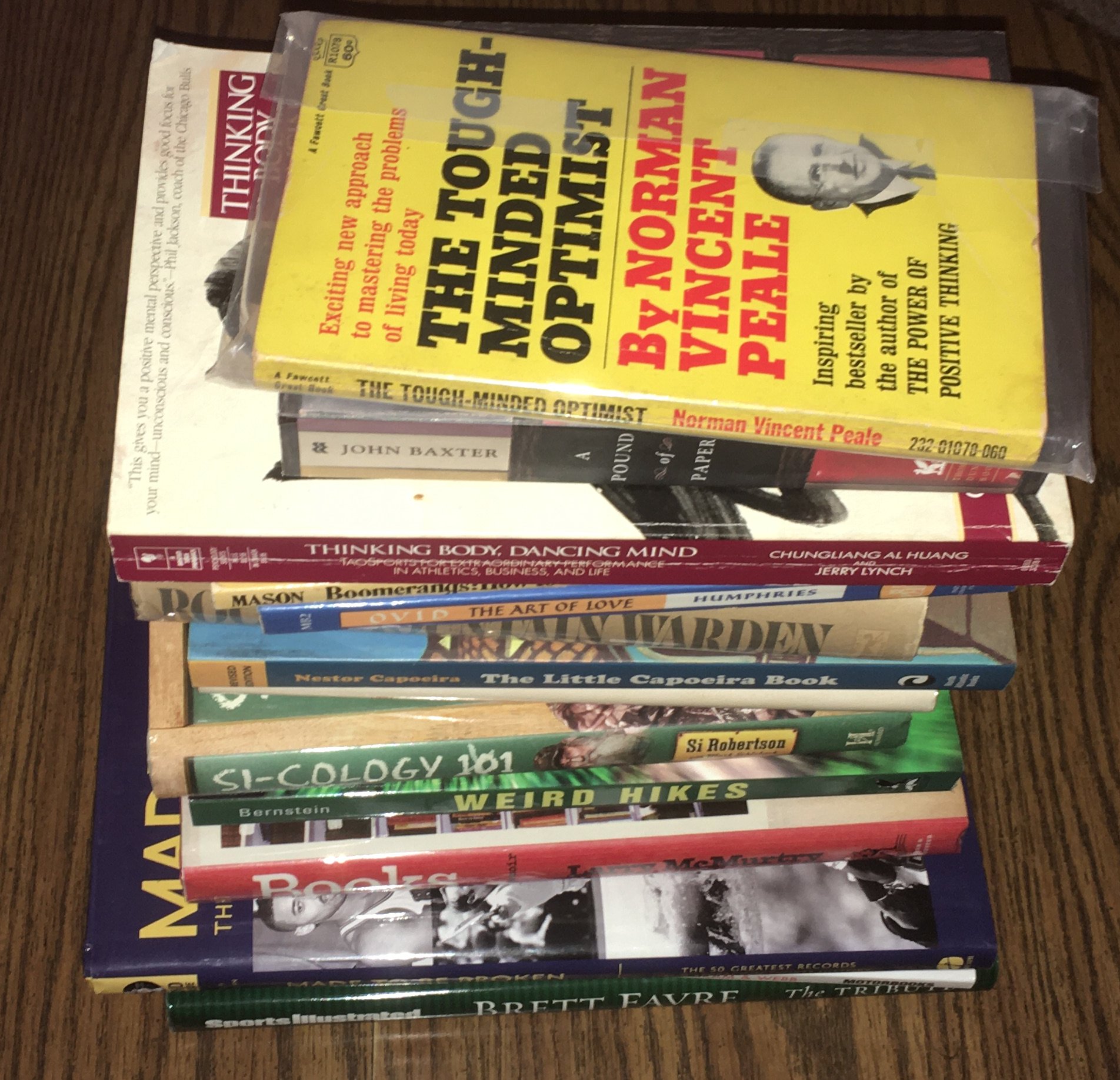
 As I
As I  This is the next Executioner novel after
This is the next Executioner novel after 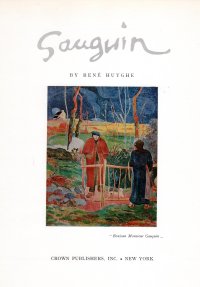 This book has not disuaded me from my thesis that art (not just visual art, but literature and music also) became generally broken sometime right before the turn of the twentieth century when the focus changed from the work of art representing something in real life to the work of art reflecting itself. That is, a painting wasn’t necessarily for you to look at the something in the painting, but rather for you to look at the painting.
This book has not disuaded me from my thesis that art (not just visual art, but literature and music also) became generally broken sometime right before the turn of the twentieth century when the focus changed from the work of art representing something in real life to the work of art reflecting itself. That is, a painting wasn’t necessarily for you to look at the something in the painting, but rather for you to look at the painting.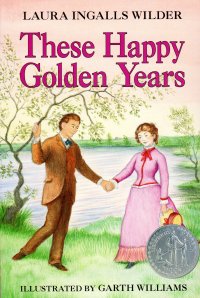 Strangely enough, this is the first Little House title I owned. I received a copy of These Happy Golden Years from my rich aunt, the one who just passed away, when we lived in the projects (as I recounted when I reported on
Strangely enough, this is the first Little House title I owned. I received a copy of These Happy Golden Years from my rich aunt, the one who just passed away, when we lived in the projects (as I recounted when I reported on